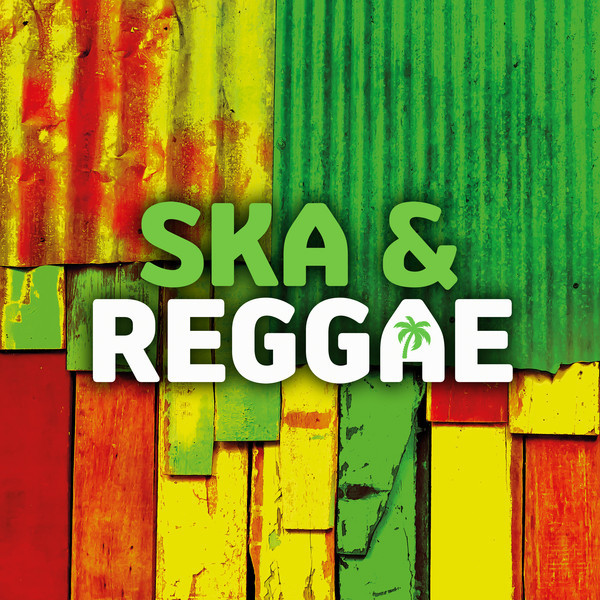Introduction
Music has the incredible ability to transcend boundaries, connect diverse cultures, and tell stories in universally understandable ways. Among the genres that best exemplify this is the vibrant and infectious music that originates from Jamaica: ska and reggae. Both these genres have left indelible marks on the world’s musical landscape, influencing countless artists and genres along the way. However, despite their common roots and overlapping histories, ska and reggae are distinct from each other, each offering a unique sound and cultural expression. In this detailed guide, we’ll dive into the rhythmic intricacies, historical backgrounds, and cultural significance of both ska and reggae, helping beginners understand the nuances that make each genre stand out.

Origins and Evolution
1. Ska: The Upbeat Precursor
Ska emerged in the late 1950s in Jamaica as a precursor to reggae. This genre originated during a period of significant cultural exchange between Jamaica and the United States. Jamaican musicians were heavily influenced by American jazz and R&B, which were brought over the radio waves and by sound systems at dance halls. Ska was characterized by a walking bass line, punctuated by rhythms on the off-beat, often referred to as the ‘skank’ or ‘chop’. This upbeat music was made for dancing and quickly became popular among the youth of Jamaica.
Instruments in ska typically include brass (trumpets, trombones, saxophones), rhythm section (guitar, bass, drums), and sometimes keyboards. The tempo is generally fast, making it lively and energetic. Ska went through three waves: the original Jamaican scene in the 1960s, the British Two Tone ska revival in the late 1970s and early 1980s (led by bands like The Specials and Madness), and the third wave ska, which included American bands in the 1990s like No Doubt and Sublime.
2. Reggae: The Smooth Evolution
As the 1960s progressed, ska began to slow down in tempo, giving way to what would eventually be recognized as reggae. Emerging fully by the late 1960s, reggae music was slower, more relaxed, and had a heavier bass presence. The genre became closely associated with the Rastafari movement, which influenced its lyrical themes of love, peace, and resistance against oppression.
Reggae often incorporates a rhythmic style where the guitar chops the offbeat, known as a skank, while the bass plays a more pronounced and melodic role. This genre has produced global icons such as Bob Marley, Peter Tosh, and Bunny Wailer, who have used the platform to deliver powerful messages about social justice, political activism, and human rights.
Distinguishing Ska from Reggae
1. Musical Characteristics
The easiest way to differentiate ska from reggae is by tempo and rhythm. Ska is faster and marked by a walking bass line and chords played on the offbeat. In contrast, reggae is slower, steadier, and features a pronounced bass line with rhythmic guitar strums on the offbeat.
2. Cultural Connotations
Ska’s early years in the 1960s coincided with Jamaica’s independence from British rule, reflecting a time of optimism and change. It was inherently a dance music, associated with the ska dance (a precursor to the rocksteady and reggae dances) and the upbeat sound catered to a celebratory feeling in the air.
Reggae, however, developed in a period of socio-political upheaval in Jamaica, reflecting more mature and contemplative themes. It’s often imbued with spiritual or revolutionary messages, deeply influenced by the Rastafari movement, which uses the genre as a voice for marginalized communities.
3. Global Impact and Legacy
Both genres have had significant impacts globally, but perhaps reggae has been more influential in terms of its reach and depth. Artists like Bob Marley have become household names around the world, and reggae’s themes of struggle and redemption resonate universally.
Ska, while slightly more niche, laid the groundwork for various musical movements, including reggae and punk. Its revival periods, especially the Two Tone movement in the UK, were crucial in addressing racial tensions and promoting integration through music.
Whether you’re jamming at a concert or chilling with friends, our apparel keeps you looking cool and spreading positive vibes wherever you go! Get yours here: https://zionwake.com/
Conclusion
Understanding the distinction between ska and reggae is more than just an academic exercise; it’s about appreciating the rich tapestry of human experience and expression reflected in these genres. Whether it’s the energetic beats of ska or the soul-stirring rhythms of reggae, both genres offer a window into the culture and history of Jamaica. For music enthusiasts looking to delve into these genres, recognizing their differences is the first step in a deeper musical exploration. So next time you listen to a track from either genre, take a moment to appreciate its roots, rhythm, and the story it tells.
source: differencebetween.net